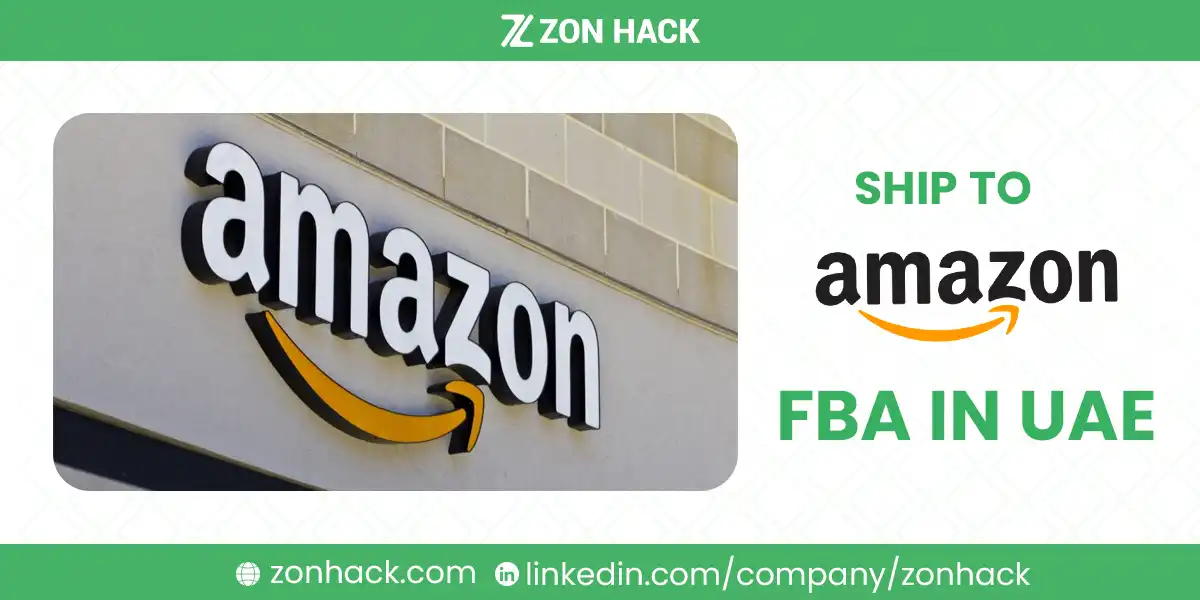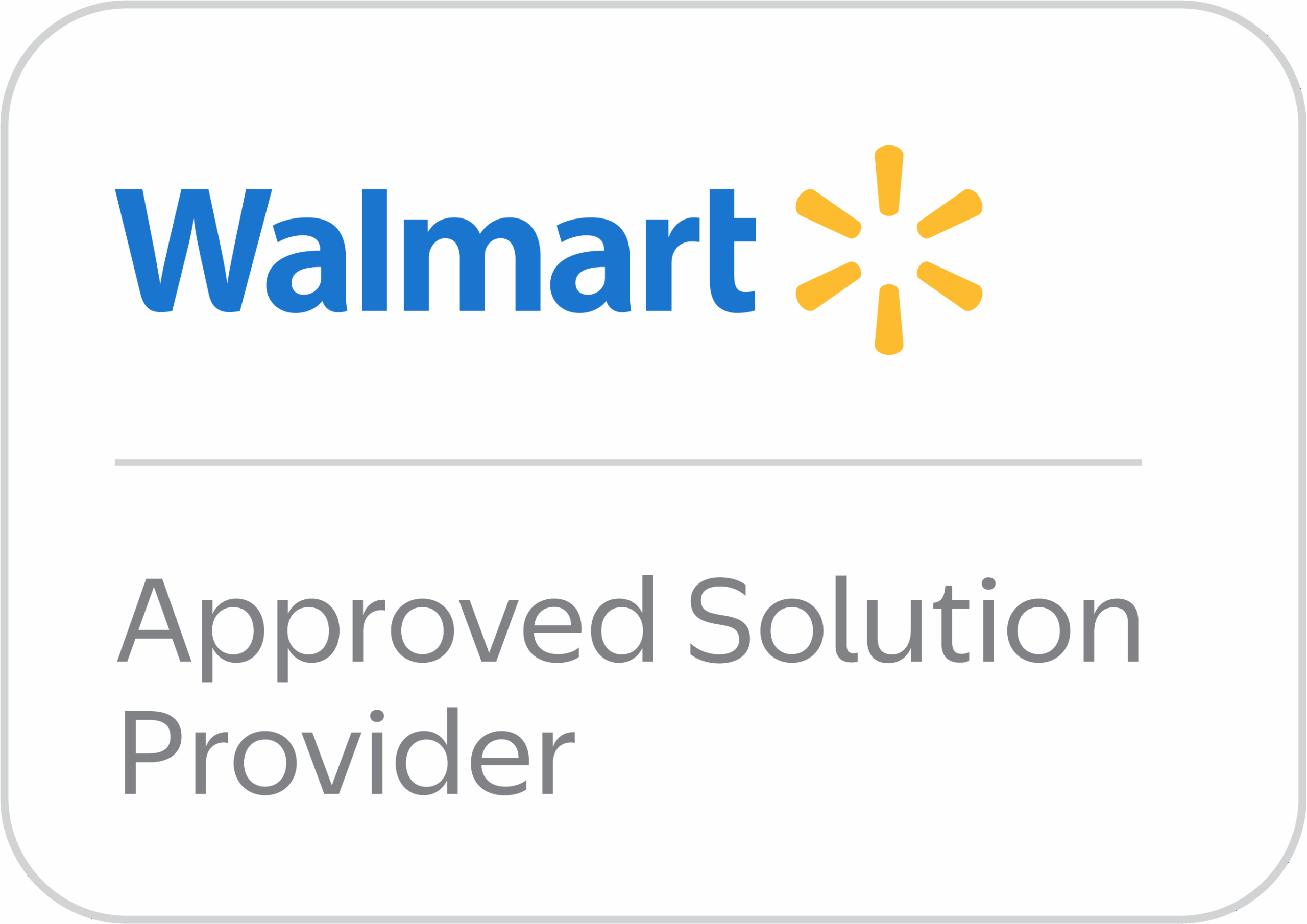Amazon’s marketplace in the UAE has been gaining serious momentum. As of 2024, sellers across the globe are eyeing Amazon.ae as a promising destination for new customer acquisition. One of the best ways to tap into this market is by leveraging Fulfillment by Amazon (FBA). In this two-part guide, we’ll walk you through the full process of how to ship to Amazon FBA in the UAE, covering setup, logistics, compliance, and cost analysis.
This guide is brought to you by ZonHack, your partner in scaling Amazon and TikTok Shop businesses. From product sourcing to PPC and logistics strategy, we help sellers expand globally with confidence.
What is Amazon FBA in the UAE?
Amazon FBA in the UAE works just like in other regions. You send your products to an Amazon Fulfillment Center (FC), and Amazon takes care of storage, picking, packing, shipping, and even customer service. As a seller, your job is to:
- List your products on Amazon.ae
- Prepare and ship them to the fulfillment center
- Let Amazon handle the rest (orders, delivery, returns)
Once you opt for FBA, your listings become Prime-eligible, which improves visibility and conversion.
Fulfillment Options in the UAE: FBA vs. Others
Sellers in the UAE can choose from three main fulfillment methods:
1. Fulfillment by Amazon (FBA)
Amazon stores, picks, packs, and ships your products. Best for fast-moving products and new launches where time-saving and scalability matter.
2. Amazon Easy Ship (ES)
You store and pack the product yourself, and Amazon picks it up from your location. It’s suitable if you want some control over inventory without handling delivery logistics.
3. Self-Ship
You store, pack, and deliver orders using your own or third-party logistics. Ideal for large items or sellers with existing warehousing infrastructure.
Key Benefits of Using FBA in the UAE
- Prime Badge & Boosted Visibility: Products with the Prime badge are prioritized in search and win customer trust.
- Increased Chance of Winning Featured Offer: FBA boosts your eligibility for the Buy Box.
- Scalability: You can grow without investing in local infrastructure.
- Time-Saving: Amazon handles warehousing, fulfillment, returns, and customer queries.
- Programs like FBA New Selection: New sellers may get benefits like free shipping to FCs, free removals, and storage fee waivers.
Costs & Fees Involved in FBA UAE
Before you send inventory, get a clear understanding of the fees:
1. Product Cost + Shipping to UAE
This is your COGS + international freight forwarding or local delivery to Amazon’s FC in Dubai.
2. Amazon Fees
- Referral Fee: Percentage of the selling price (varies by category, typically 5–15%)
- FBA Fulfillment Fee: A fixed fee based on weight and size per unit sold
- Monthly Storage Fee: Charged per cubic foot or per unit per month
You only pay FBA and referral fees after a sale is made. However, storage fees are ongoing, even if a unit isn’t sold.
3. Use Fee Calculators
- Amazon Revenue Calculator (inside Seller Central)
- Helium 10 Profitability Calculator
Step-by-Step: How to Send Products to Amazon FBA UAE
1. List the Product on Amazon.ae
Choose a category, create the product detail page, and ensure compliance with any restricted products.
2. Convert to FBA
In your inventory dashboard, select the item and change it to Fulfilled by Amazon.
3. Create a Shipping Plan
Prepare shipping labels, specify number of units, package type, and delivery method.
4. Prep Products According to FBA Guidelines
Labeling, bundling, expiration dates, and packaging must meet Amazon’s UAE prep standards.
5. Ship to the Fulfillment Center
Send to the designated Amazon FC (commonly in Dubai). Depending on your location, you may need international freight services.
6. Amazon Receives Inventory
Once scanned into the FC, your listings become Prime-eligible and visible to UAE customers.
Shipping to Amazon FBA UAE as a Foreign Seller
If you’re operating outside the UAE and wish to sell on Amazon.ae using FBA, there are specific requirements to consider:
- UAE VAT Registration: Foreign businesses must register for VAT in the UAE to comply with tax regulations.
- Customs Number: A unique identifier required for customs clearance processes.
- Importer of Record (IOR): An IOR is responsible for ensuring that goods are imported in compliance with local laws and regulations. Some sellers hire third-party IOR services to manage this aspect.
Utilizing a freight forwarder can be highly beneficial in navigating these requirements and ensuring smooth delivery to Amazon’s fulfillment centers.
Using a Freight Forwarder for FBA Shipments
A freight forwarder acts as an intermediary between the seller and various transportation services, handling the logistics of shipping goods internationally. Their services typically include:
- Transportation Arrangement: Coordinating the movement of goods from the seller’s location to the destination country.
- Customs Clearance: Managing the documentation and processes required to clear goods through customs.
- Storage Solutions: Providing warehousing options if needed.
- Final Delivery: Ensuring the products reach Amazon’s fulfillment centers.
By partnering with a freight forwarder experienced in Amazon FBA logistics, sellers can save time, reduce costs, and minimize the risk of delays or compliance issues.
Customs and Import Compliance in UAE for FBA Shipments
Ensuring compliance with UAE import regulations is crucial for a successful FBA operation:
Commercial Invoice Attestation
For imported goods valued at 10,000 AED or more, commercial invoices must be attested to ensure transparency and regulatory compliance.
- Process:
- Submit the invoice through the Ministry of Foreign Affairs and International Cooperation (MoFAIC) using the Electronic Data Exchange (EDAS) portal.
- Link the attested invoice with the corresponding customs declaration via the EDAS portal.
- Complete both steps within 14 days to avoid penalties.
- Submit the invoice through the Ministry of Foreign Affairs and International Cooperation (MoFAIC) using the Electronic Data Exchange (EDAS) portal.
- Penalties for Non-Compliance:
- A fine of 500 AED per unattested or unlinked invoice.
- Potential delays in customs clearance and increased scrutiny.
- A fine of 500 AED per unattested or unlinked invoice.
VAT Import Declaration
Goods subject to VAT must be declared appropriately:
- For Non-Registered Importers:
- Prepare and submit a customs declaration.
- Create an e-Services account with the Federal Tax Authority (FTA).
- Complete the VAT import declaration form (VAT301) on the FTA portal.
- Pay the applicable VAT before clearing goods.
- Prepare and submit a customs declaration.
- For Goods Under Duty Suspension:
- Obtain an e-Guarantee equal to the VAT value or pay a cash deposit.
- Submit the e-Guarantee number or confirm the cash deposit via the VAT301 form.
- Obtain an e-Guarantee equal to the VAT value or pay a cash deposit.
Adhering to these procedures ensures compliance and facilitates smooth customs clearance.
Building a Compliant and Scalable FBA Operation in the UAE
Shipping to Amazon FBA in the UAE involves more than just sending products to a warehouse. It requires careful planning, understanding of local regulations, and strategic partnerships:
- Compliance: Ensure all VAT registrations, customs numbers, and invoice attestations are in place.
- Freight Forwarding: Partner with experienced freight forwarders to handle logistics and customs clearance.
- Continuous Learning: Stay updated with Amazon’s policies and UAE import regulations to avoid penalties and delays.
By taking these steps, you can establish a robust and compliant FBA operation in the UAE, positioning your business for growth in the Middle Eastern market. And if you need help with any step of the way, don’t hesitate to reach out to ZonHack for a free consultation.




